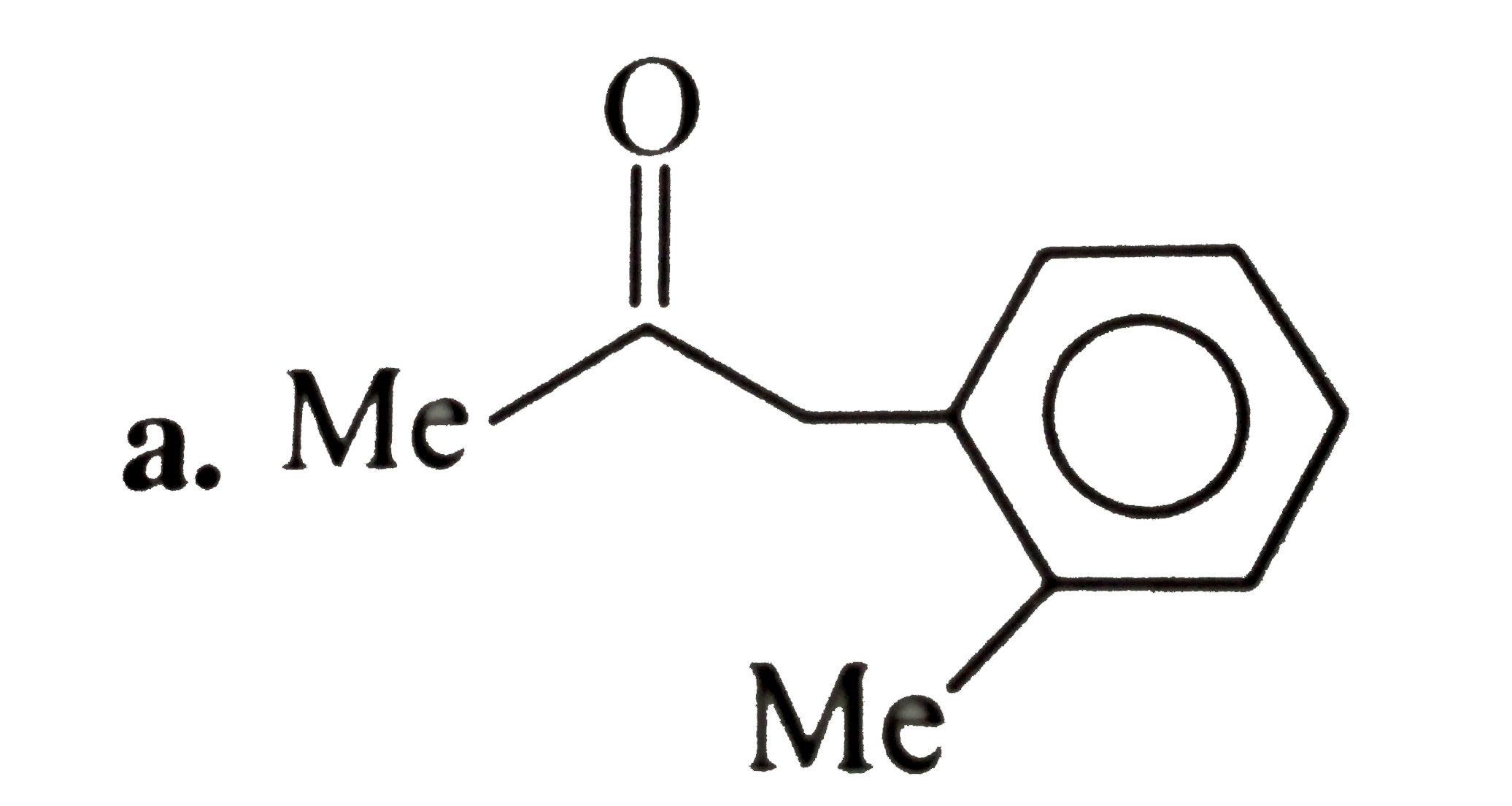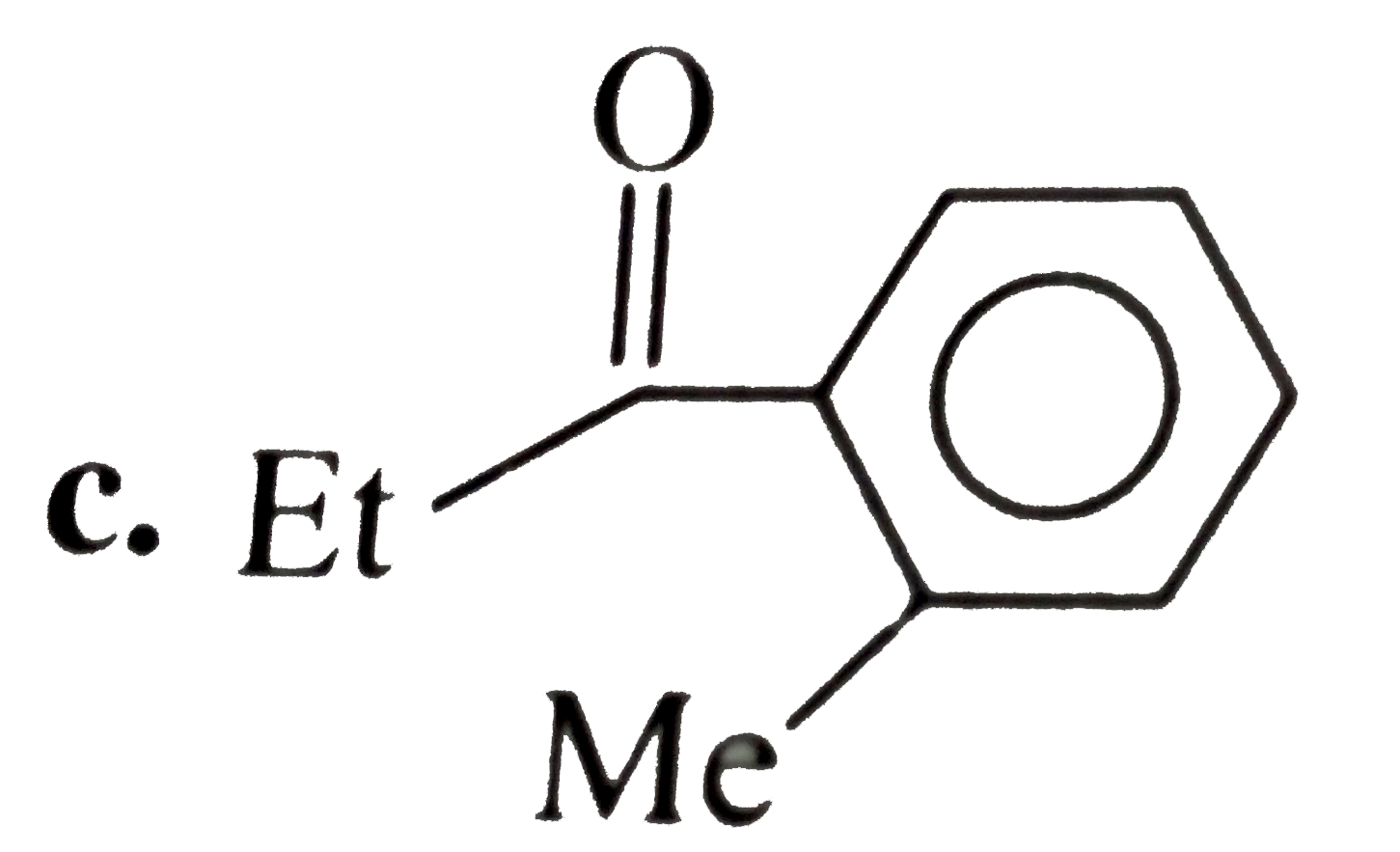A metal 'X' combines with a non-metal ‘Y by the transfer of electrons to form a compound Z.
(i) State the type of bond in compound Z.
(ii) What can you say about the melting point and boiling point of compound Z?
(iii) Will this compound dissolve in kerosene or petrol ?
(i) Ionic or electrovalent bond. (ii) It has a high melting point and high boiling point. (iii) No, ionic compounds do not dissolve in kerosene or petrol.
Topper's Solved these Questions
- METALS AND NON METALSBOOK - U-LIKE SERIESCHAPTER - METALS AND NON METALSEXERCISE - LONG ANSWER QUESTIONS
5 Videos
- METALS AND NON METALSBOOK - U-LIKE SERIESCHAPTER - METALS AND NON METALSEXERCISE - VERY SHORT ANSWER QUESTIONS
15 Videos
- CHEMICAL REACTIONS AND EQUATIONS BOOK - U-LIKE SERIESCHAPTER - CHEMICAL REACTIONS AND EQUATIONS EXERCISE - LONG ANSWER QUESTIONS
21 Videos
- PERIODIC CLASSIFICATION OF ELEMENTSBOOK - U-LIKE SERIESCHAPTER - PERIODIC CLASSIFICATION OF ELEMENTSEXERCISE - LONG ANSWER QUESTIONS
9 Videos
Similar Questions
A metal combines with a non-metal by the transfer of electrons to form a compound Y.
(i) state the type of bonds in Y.
(ii). What can you say about its melting point and boiling point?
(iii) Will it be a good conductor of electricity?
(iv). Will it dissolve in an organic solvent or not?
View SolutionTwo non-metals combine with each other by the sharing of electrons to form a compound X.
(a). What type of chemical bond is present in X?
(b). State whether X will have a high melting point or low melting point.
(c). Will it be a good conductor of electricity or not?
(d). Will it dissolve in an organic solvent or not?
View Solution
Knowledge Check
i.

ii.
iv. Compound (X) has the highest melting point among its isomers.
Compound (A) is:A B
B C
C D
D
An element 'X' (Z=12) combines with element 'Y' (Z=17) to form an electrovalently bonded compound. Which of the following is FALSE for the formed compound?
AThe electrovalence of X and Y in the compound will be 2 and 1 respectively.BThe cation of X attains the stable inert gas configuration of neonCThe anion of Y attains the stable inert gas configuration of krypton.DThe empirical formula of the compound formed will be XY2Ionic compounds ______.
I. have high boiling point
II. have high melting point
III. conduct electricity in solutionAOnly I and IIBOnly I and IIICOnly II and IIIDAll I, II and III
What is methane? Draw its electron dot structure. Name the type of bonds formed in this compound. Why are such compounds:
(i) poor conductors of electricity?
(ii) have low melting and boiling points?
(iii) What happens when this compound burns in oxygen.
View SolutionWhat is methane ? Draw its electron dot structure. Name the type of bonds formed in this compound. Why are such compounds :
(i) poor conductors of electricity ? and
(ii) have low melting and boiling points ?
(iii) What happens when this compound burns in oxygen ?
View SolutionTransition metals are not characterized by
(A) fixed valency
(B) coloured compounds
(C) high melting points and boiling points
(D) tendency to form alloys
View SolutionWhat are interstitial compounds? Why do these
compounds have higher melting points than corresponding pure
metals?
View SolutionReaction between X and Y, forms compound Z. X loses electron and Y gains electron. Which of the following properties is not shown by Z?
View Solution
